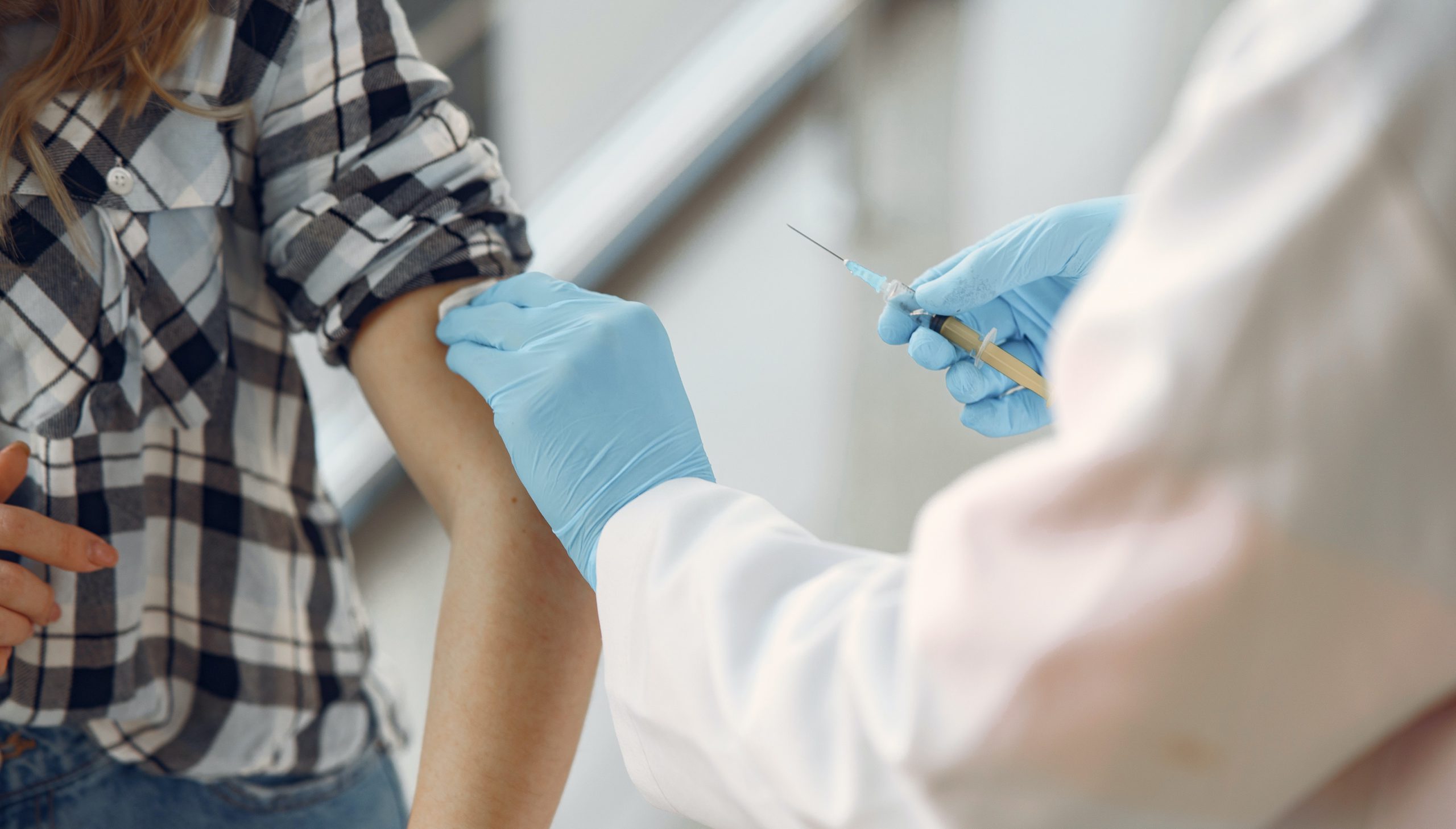With one in four US adults now fully vaccinated, we’re starting to get a better picture of the common side effects across the Pfizer BioNTech, Moderna, and Johnson & Johnson vaccines. It’s important to note that the Johnson & Johnson vaccine has paused administration under recommendation from the FDA and CDC due to six reported US cases of rare and severe blood clots in six women. To date, more than 6.8M doses have been administered.
According to the joint statement from the Food and Drug Administration (FDA) and the Centers for Disease Control and Prevention (CDC): “People who have received the J&J vaccine who develop severe headache, abdominal pain, leg pain, or shortness of breath within three weeks after vaccination should contact their health care provider.” This follows similar concerns around the AstraZeneca vaccine in Europe.
Why Side Effects Occur
The most common side effects appear to be consistent across all of the vaccines in use to date, but the severity of these side effects can vary significantly. The most common side effects are perfectly normal and, in most cases, a demonstration that your immune system is responding well to the vaccine. In some patients that were previously infected with the virus and have been suffering from “long COVID,” it has been reported that their symptoms have improved following vaccination.
Based on CDC data and our own experience with Forward members, here are some common side effects and some strategies you might consider to manage them:
- Fatigue: We’ve received reports of everything from needing to nap for a couple of hours to falling into deep, uninterrupted sleep for 12+ hours. This is because your immune system is working hard to respond to the vaccine.
- Chills and Fever: Feeling hot and cold, shivering, sweating, and muscle aches have been reported for periods of up to 24 hours following the vaccine. Try to stay ahead of your hydration needs and monitor your temperature. As with fatigue symptoms, the temperature fluctuations and muscle soreness usually subside within 24 hours.
- Rash: Recently published data has confirmed what we have seen in our locations: rashes are a common side effect of two-dose vaccines. Rashes have been reported, from topical outbreaks around the vaccine application area to whole-body breakouts. Rashes have happened within four to six hours of the vaccine being administered and up to six or seven days after receipt of the vaccine. According to the research, there have been 414 incidents of delayed skin reactions, none of which have led to a life-threatening reaction. The most common reaction was an itchy red rash. In general, a rash at the vaccine site is nothing to be worried about, but a rash that’s spread over other parts of your body is worth discussing with your doctor.
- Headache: Headaches were slightly more common among Johnson & Johnson participants, with 39% reporting the symptom. If you took Tylenol to help with your headache, according to a part of the Moderna trial, this should probably not diminish the effect of the vaccine and you should still have reasonable protection.
- No side effect at all: We have spoken to many people who have reported no side effects from the vaccines at all. This has created worry for those people who wonder whether there has been a problem with the batch of vaccines that were administered, or whether they were actually vaccinated with placebo. Those who aren’t experiencing side effects have nothing to worry about: immune systems differ from one person to another. How your body reacts is simply your unique reaction to the vaccine.
Share Your Side Effects
One way that we can all help the CDC get greater clarity around how we feel after our first or second jabs is to sign up for their Vsafe side effects health monitoring program to provide feedback and help crowdsource what is certain to be one of the largest public health data-gathering programs in human history. V-safe uses text messaging and web surveys to provide personalized health check-ins after you receive a COVID-19 vaccine, so you can quickly tell the CDC if you have any side effects.
We love data, and we encourage you to participate so we can share experiences across our communities. Forward’s COVID-19 care program offers a wide range of COVID-related services, including assessments, treatment, vaccinations, stress management clinics, and tips and strategies for COVID-19 prevention.


